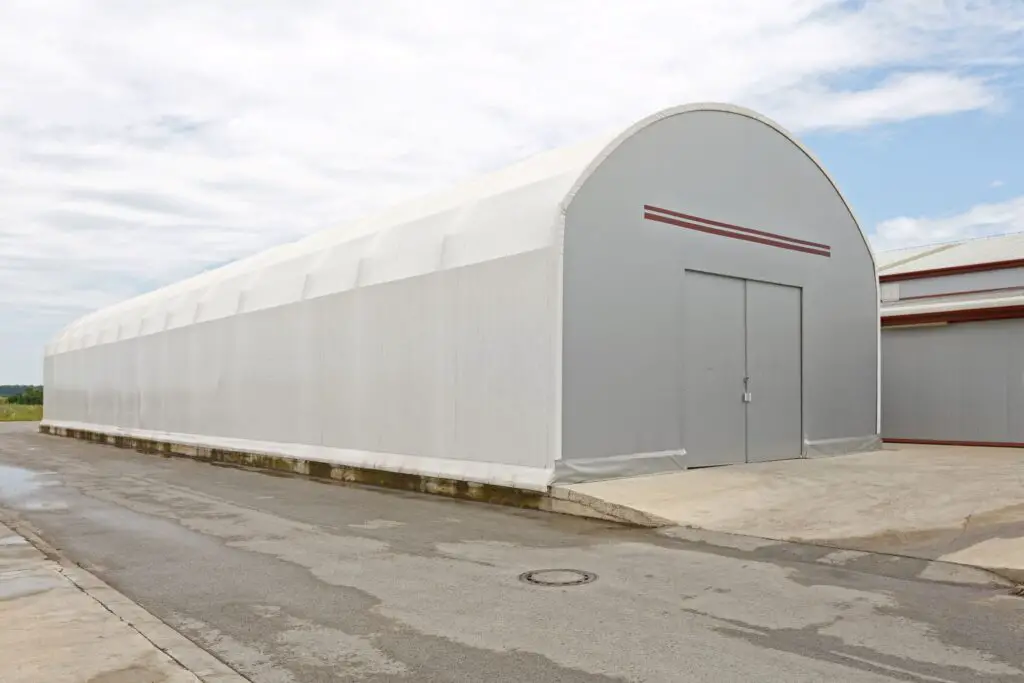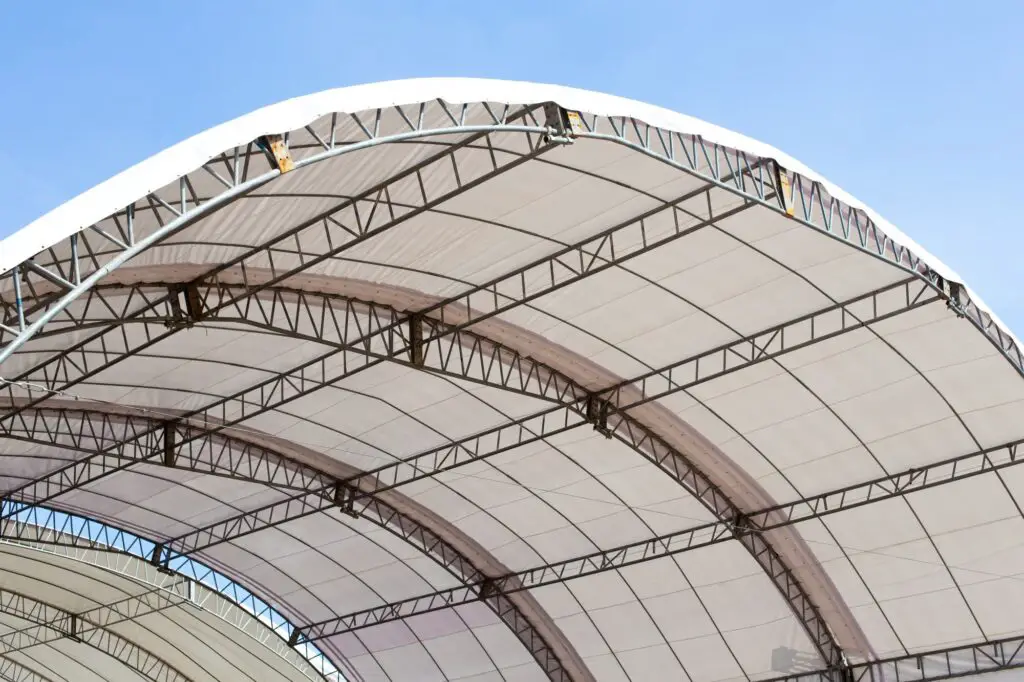The rise in popularity of engineered fabric buildings is not without good reason. These cost-effective, resilient, and versatile structures are revolutionizing the way we think about construction, design, and functionality. However, the science behind these innovative structures often goes unexplored. To truly appreciate the potential of these buildings, it’s important to understand the intricate processes, materials, and engineering principles behind their creation. This article will delve into the world of engineered fabric buildings and shed light on the ten key aspects you should know.
- Understanding The Basics
Engineered fabric buildings, also known as tension fabric buildings or fabric-covered buildings, are constructed by stretching a durable fabric material over a sturdy frame, usually made of steel or aluminum. This unique combination of materials makes these buildings highly resistant to various environmental factors, low maintenance, and easy to install and dismantle, thereby offering a practical and efficient solution for both temporary and permanent structures.

- Material Science At Play
The ‘fabric’ used in engineered fabric buildings isn’t your everyday textile. This material is typically a highly durable polymer, such as polyvinyl chloride (PVC), polyethylene (PE), or polytetrafluoroethylene (PTFE). Each of these materials offers different levels of strength, durability, UV resistance, and translucency, all factors that can be customized based on the intended use of the building.
- Light Diffusion And Energy Efficiency
One unique feature of engineered fabric buildings is their ability to diffuse natural light. Unlike traditional structures, these buildings can significantly reduce reliance on artificial lighting during daylight hours, translating into energy savings. This is possible because of the translucent properties of the fabric, which diffuses the sunlight entering the building, evenly distributing it and reducing shadows.
- Structural Engineering And Load Management
Engineered fabric buildings are designed to withstand heavy wind, snow, and other environmental loads. This is achieved by designing the structural frame and the tensioned fabric as an integrated system. The fabric’s tension contributes to the overall structural stability, distributing loads evenly across the structure. The inherent flexibility of the fabric also allows it to absorb and distribute dynamic loads, like those from wind or seismic events, reducing the risk of structural failure.
- The Power Of Modular Design
One of the fundamental reasons engineered fabric buildings are so versatile is their modular design. Modules can be manufactured off-site and quickly assembled on-site, allowing for scalability in size and function. Moreover, these structures can be disassembled and relocated with ease, making them an excellent choice for temporary facilities or mobile operations.
- Speed And Efficiency Of Installation
Engineered fabric buildings can be installed significantly faster than traditional structures, a benefit directly tied to their modular design and the light weight of their materials. This efficiency not only reduces labor costs but also minimizes disruption on site—an advantage for businesses or operations that cannot afford prolonged downtime.
- Acoustic Properties
The fabric used in these buildings have excellent acoustic properties, absorbing sound rather than reflecting it as metal or concrete would do. This makes engineered fabric buildings a good choice for environments where noise control is essential, such as music venues, sports facilities, or industrial sites.
- Climate Control And Ventilation
Engineered fabric buildings provide excellent ventilation, reducing the need for mechanical air exchange systems and thus lowering energy costs. This feature is due to the breathability of the fabric, which allows air to circulate while preventing moisture build-up. Some fabric materials also have insulating properties, which can help control the internal temperature of the building, making it suitable for various climatic conditions.

- Sustainability And Environmental Impact
The production, installation, and disposal of engineered fabric buildings have a smaller environmental footprint compared to traditional construction methods. Fabric materials require less energy to produce and can be recycled at the end of their lifecycle. Furthermore, the natural light diffusion reduces energy consumption, and the lightweight nature of these buildings results in lower transportation emissions.
- Future Developments And Innovations
The science of engineered fabric buildings is continually evolving, with research focusing on enhancing their durability, functionality, and environmental performance. Innovations in fabric technology, such as solar cell-integrated fabrics or fabrics with increased resistance to environmental damage, may further expand the applications and benefits of these structures.
Final Thoughts
Engineered fabric buildings represent an intersection of material science, structural engineering, and environmental design, proving that construction and science are indeed two sides of the same coin. As new materials and innovative engineering principles are explored, the future of engineered fabric buildings seems promising, poised to continue making waves in the world of construction. Understanding the science behind these structures will help you appreciate not only their versatility and efficiency but also the potential they hold for a more sustainable and resilient built environment.